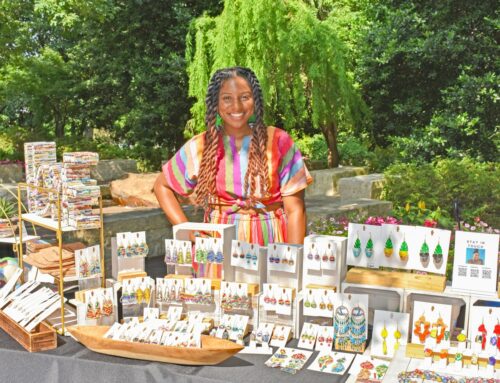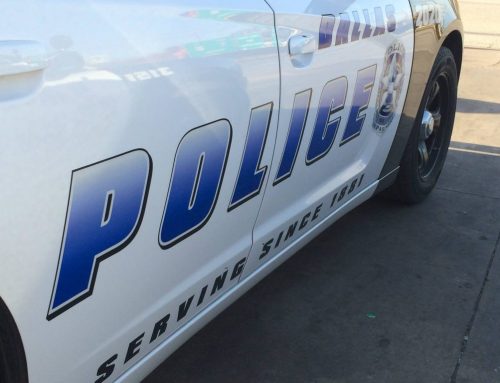 That’s the challenge that candidates in nine contested city council races, including the seven-candidate epic in District 14 in East Dallas, are facing in May. Turnout for city elections is usually pitiful, but this one could be the worst ever – the low single digits, says SMU professor and political analyst Cal Jillson.
That’s the challenge that candidates in nine contested city council races, including the seven-candidate epic in District 14 in East Dallas, are facing in May. Turnout for city elections is usually pitiful, but this one could be the worst ever – the low single digits, says SMU professor and political analyst Cal Jillson.
So what’s a candidate to do? How do you get votes when most voters have no intention of voting?
“You have to work smart, and focus on the engaged voters,” says Jillson. “That means people who are known to contribute, who turn out regularly, you have to concentrate on them. You have to work the neighborhoods, and meet very small groups.”
In one respect, that’s no different from what usually happens in a council race – what the experts call retail politics. What is different this time, given such small numbers, is that one missed homeowners meeting or a slipup at block party could be the difference between winning and losing – or at least making the runoff. The one exception, says Jillson, is probably in Preston Hollow, where turnout is usually higher than the rest of the city, the candidates traditionally spend more money, and one of the candidates is Roger Staubach’s daughter.
Why don’t we care about council and mayoral elections? The stakes are much lower than state and federal elections, says Jillson. Fixing potholes and running libraries don’t seem as important as the defense budget, income taxes and the other hot button topics that dominate those elections.





